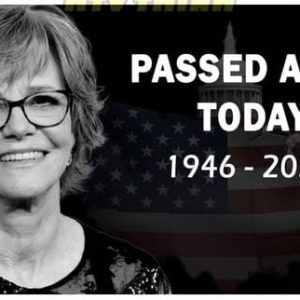White House to Shake Up Press Briefing Room Seating
The White House is planning a major overhaul of the press briefing room seating arrangement, and some longtime media outlets could lose their prized front-row seats.
For years, the seating chart has been managed by the White House Correspondents’ Association (WHCA), a group led by journalists. But according to a senior official speaking to Axios, the Biden administration wants to roll out its own system based on modern media consumption habits.
“This isn’t just about getting better coverage,” the official said. “It’s about recognizing how people get their news today.” The new plan aims to give more space to digital platforms and social media influencers—though the ability to consistently cover the White House will still be an important factor.
While traditional outlets will still be present, their front-and-center visibility may shift. The administration says it’s trying to “balance disruption with responsibility” as it updates the space.
This change comes amid broader conversations about press access to the White House. Recently, the administration has taken a more active role in deciding which journalists can join the press pool—those allowed to attend events with limited space. Critics argue that could threaten the independence of the press.
WHCA President Eugene Daniels voiced concerns, saying a free press is essential for a healthy democracy. “Access to cover the president should never be decided by the government,” Daniels said.
The White House insists the changes are about modernization—not limiting access—and no news outlet is being banned from coverage.
Meanwhile, there’s also growing scrutiny over government contracts awarded to private media companies. In the last fiscal year, for example, Politico received nearly $8.2 million in federal funding. Now, as part of a broader cost-cutting initiative, the Department of Government Efficiency is reviewing those expenses.
Both administration officials and journalists stress the need to maintain open lines of communication, especially as the media landscape continues to evolve. How these new rules will impact the press–White House relationship remains to be seen.





